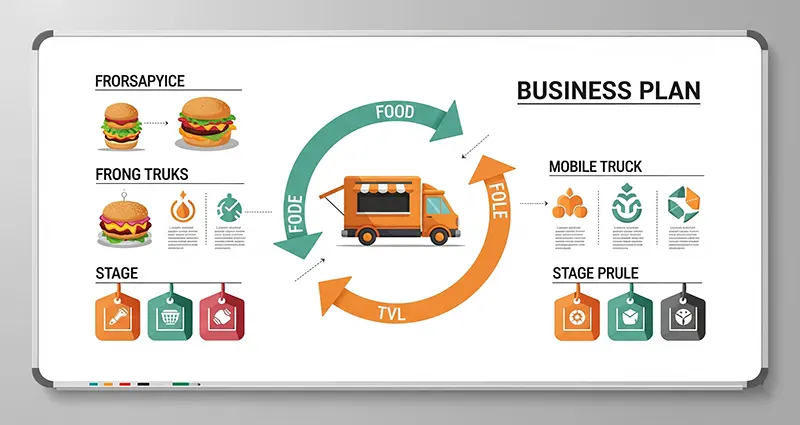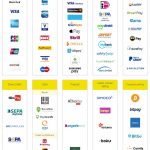In the past, the journey from “add to cart” to “purchase complete” was a simple transaction. Today, that journey is evolving into a rich financial ecosystem, thanks to a quiet but powerful revolution known as embedded finance. This trend is fundamentally changing how retail and e-commerce businesses operate, allowing them to integrate financial services directly into their platforms, creating a seamless, intuitive, and hyper-personalized customer experience.
What is Embedded Finance?
At its core, embedded finance is the integration of financial services into non-financial platforms. It’s the “buy now, pay later” option at checkout on an e-commerce site, the instant business loan offer on a B2B platform, or the payment wallet built into a ride-sharing app. Instead of a customer having to leave an app or website to secure a loan, make a payment, or get insurance, the financial service is a native, frictionless part of their user journey.
For the retail and e-commerce sectors, this shift is a game-changer, transforming them from simple product sellers into holistic financial service providers.
Key Impacts on Retail and E-commerce
1. The Rise of “Buy Now, Pay Later” (BNPL)
Perhaps the most visible example of embedded finance is BNPL. Services like Affirm, Klarna, and Afterpay are now fixtures at the online checkout. They allow customers to split purchases into interest-free installments, a feature that has resonated deeply with Gen Z and millennials who are wary of traditional credit cards.
- Increased Conversion Rates: Offering a flexible payment option reduces cart abandonment and encourages customers to complete a purchase they might have otherwise postponed.
- Higher Average Order Value (AOV): With the financial burden spread out over time, customers are more likely to make larger purchases, significantly boosting a retailer’s AOV.
- New Customer Segments: BNPL opens up access to customers who may not have traditional credit or prefer not to use it, broadening a retailer’s reach.
2. Seamless, In-App Payment Experiences
Embedded finance allows retailers to create their own branded wallets or payment systems that are integrated directly into their apps. Starbucks’ mobile app, which allows customers to pay with their phones, is an early and highly successful example.
- Reduced Friction: By storing customer payment information securely within the app, retailers eliminate the need for manual data entry at checkout, leading to faster transactions and a smoother user experience.
- Loyalty and Engagement: A custom payment wallet can be seamlessly linked to a loyalty program, offering rewards, special promotions, and a more personalized experience, which encourages repeat business and strengthens customer loyalty.
3. The Power of Data-Driven Lending
Embedded finance platforms can leverage the vast amount of data generated by a retailer’s platform to offer tailored financial products. An e-commerce marketplace, for example, can analyze a merchant’s sales history, inventory turnover, and customer reviews to pre-approve them for a small business loan.
- Personalized Offers: Instead of generic loans, retailers can provide highly relevant financial products, like a line of credit to purchase more inventory during peak season or a loan to upgrade equipment.
- Faster Access to Capital: The approval process is streamlined because the platform already has all the necessary data, allowing businesses to get funding faster than with traditional banks.
4. Revolutionizing Point-of-Sale (POS) Systems
Embedded finance is moving beyond online shopping and into the physical retail space. New POS systems are becoming all-in-one financial hubs, integrating not just payment processing but also invoicing, accounting, and even lending services.
- Streamlined Operations: A single system can manage a retailer’s entire financial back-end, from inventory and sales to bookkeeping and payroll, eliminating the need for multiple vendors and complex integrations.
- Empowering Small Businesses: This is particularly impactful for small businesses, giving them access to sophisticated financial tools that were once only available to large enterprises, helping them manage their finances more efficiently and make better business decisions.
The Future is Financial
As embedded finance matures, the lines between a retailer and a financial institution will continue to blur. Retailers are no longer just selling products; they are providing a full-service financial ecosystem. This shift is powered by a new wave of FinTech companies that provide the necessary APIs and infrastructure, allowing any business to become a financial platform.
For retail and e-commerce businesses, the ability to seamlessly integrate financial services will become a key differentiator. Those that embrace embedded finance will not only boost their revenue but also create a more valuable, convenient, and sticky customer experience, ensuring their place at the forefront of the digital economy.










